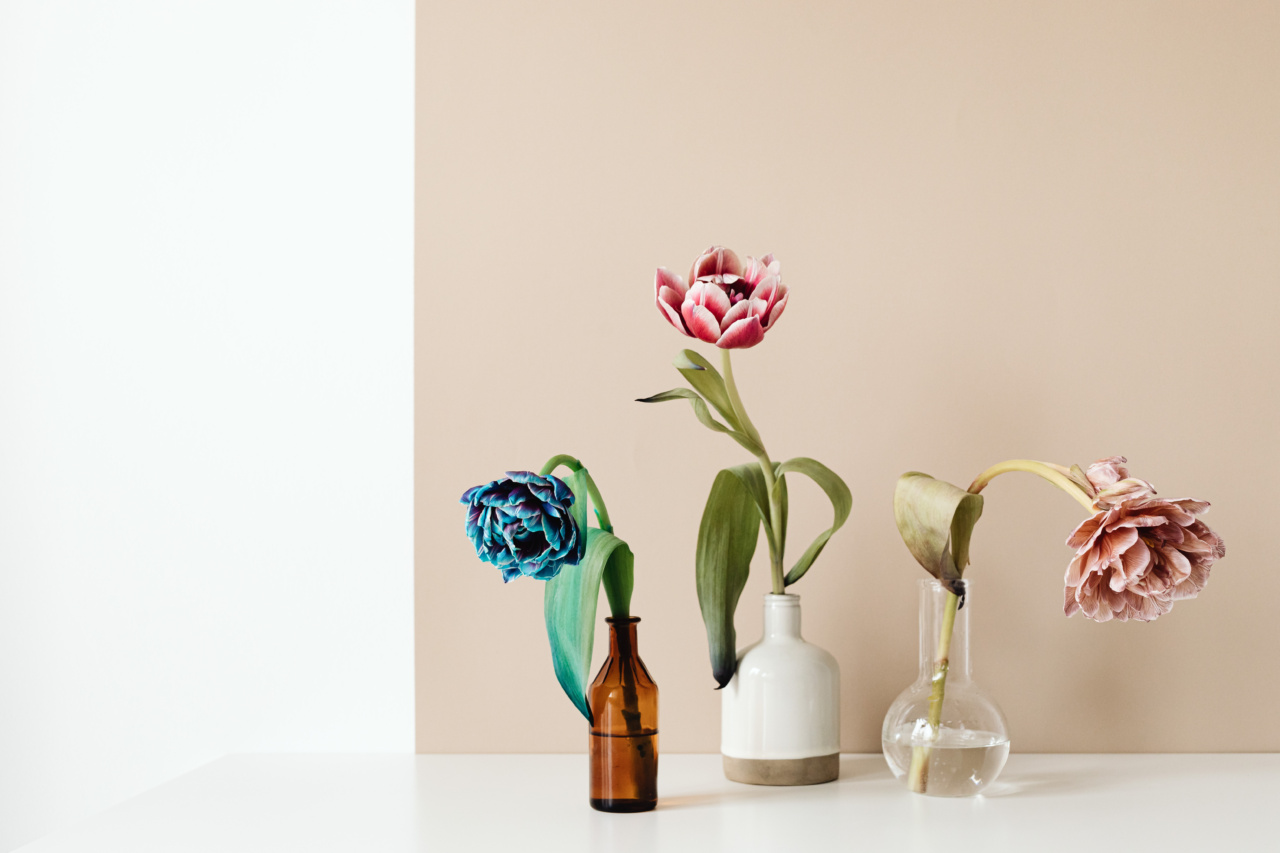Cancer is a daunting word that strikes fear into the hearts of many. The diagnosis can be devastating, and the battle against this disease is often long and arduous. However, amidst the darkness, there are stories of hope and triumph.
This article explores the power of flowers in the journey of overcoming cancer, highlighting how they can bring solace, inspiration, and healing to those affected by this illness.
The Therapeutic Effect of Flowers
Flowers have a profound impact on our emotions and overall well-being. Their vibrant colors, delicate petals, and enchanting scents have the ability to uplift our spirits and provide relief from physical and emotional distress.
The therapeutic effect of flowers, known as horticultural therapy, has been recognized for centuries and is now increasingly utilized in cancer treatment and recovery.
Creating a Calming Environment
Hospitals and treatment centers can often feel cold and sterile, exacerbating the anxiety and stress that cancer patients already face. By introducing flowers into these spaces, a calming and soothing environment can be created.
Studies have shown that simply being around flowers can reduce blood pressure, heart rate, and cortisol levels – the hormone associated with stress. Creating a more pleasant environment not only improves the patient’s experience but also aids in their recovery.
Providing Emotional Support
Cancer is not just a physical battle; it takes a toll on one’s emotional well-being as well. Flowers can serve as a powerful tool in providing emotional support to cancer patients.
Their vibrant colors and natural beauty evoke feelings of joy, hope, and positivity. Through their presence, flowers remind patients that they are loved, cared for, and not alone in their fight.
Fostering Resilience and Hope
The journey of overcoming cancer often requires immense resilience and a steadfast mindset. Flowers can play a significant role in fostering this resilience and instilling hope in patients.
The gradual growth and transformation of a flower can serve as a metaphor for the patient’s own journey – from darkness to light, from struggle to triumph. As patients witness the resilience of nature, they can draw strength from it, believing in their own ability to overcome the challenges they face.
Inspiration for the Creative Soul
For many cancer patients, the diagnosis brings a range of emotions that may be difficult to express verbally. Flowers offer a way to channel those emotions through creative expression.
From painting and photography to floral arranging and gardening, the beauty and symbolism of flowers can inspire patients to explore their creativity in coping with their illness. Engaging in creative activities not only provides a distraction from treatment but also offers a sense of accomplishment, contributing to overall well-being.
Flowers as a Symbol of Celebration
When a cancer patient reaches remission or completes their treatment, it is a significant milestone that deserves celebration. Flowers are often used to commemorate such occasions, symbolizing new beginnings, life, and victory.
The act of receiving flowers can reinforce the patient’s sense of accomplishment, mark the end of a difficult journey, and signify a hopeful future ahead. The vibrancy and fragrance of flowers serve as a testament to the patient’s strength and resilience throughout their battle with cancer.
Healing Properties of Specific Flowers
While all flowers have therapeutic effects to some degree, certain blooms are believed to possess specific healing properties that make them particularly suitable for cancer patients.
Here are some flowers known for their beneficial effects in the journey of overcoming cancer:.
-
Rose
As a universal symbol of love and beauty, roses bring comfort and solace to cancer patients. Their fragrance is known to reduce anxiety and promote relaxation.
-
Sunflower
With their vibrant and uplifting presence, sunflowers symbolize strength, resilience, and positivity. They are often associated with hope and optimism, making them an excellent choice for cancer patients.
-
Lavender
Known for its soothing scent, lavender can aid in stress reduction and promote better sleep – two essential aspects of the healing process for cancer patients.
-
Chrysanthemum
Chrysanthemums are often associated with longevity and good health. They are believed to have detoxifying properties, making them a meaningful gift for those overcoming cancer.
-
Tulip
Tulips symbolize new beginnings and are often given to celebrate the end of treatment or periods of remission. They represent the resilience and determination to bloom despite adversity.
Reconnecting with Nature
Cancer treatments can confine patients to hospitals and limit their access to the outside world. Flowers provide a connection to nature and the beauty of the outdoors, even within the confines of a hospital room.
The presence of flowers can transport patients to serene gardens, lush meadows, and calm landscapes – offering a sense of escapism and a respite from the sterile hospital environment.
Community Support and Healing Gardens
Flowers have the power to bring people together and create a sense of community.
Many cancer centers now incorporate healing gardens into their facilities, providing patients, caregivers, and medical staff with a space where they can find solace, reflect, and connect with nature. These gardens are often filled with a variety of flowers and plants, offering a tranquil environment that supports the emotional and physical healing process.
Conclusion
Flowers possess an extraordinary ability to bring solace, inspiration, and healing to those affected by cancer.
They create a calming environment, provide emotional support, foster resilience and hope, inspire creativity, symbolize celebration, and offer a connection to nature. Whether in hospitals, treatment centers, or personal spaces, flowers remind us of the strength and beauty that can emerge from even the most challenging of journeys.


























